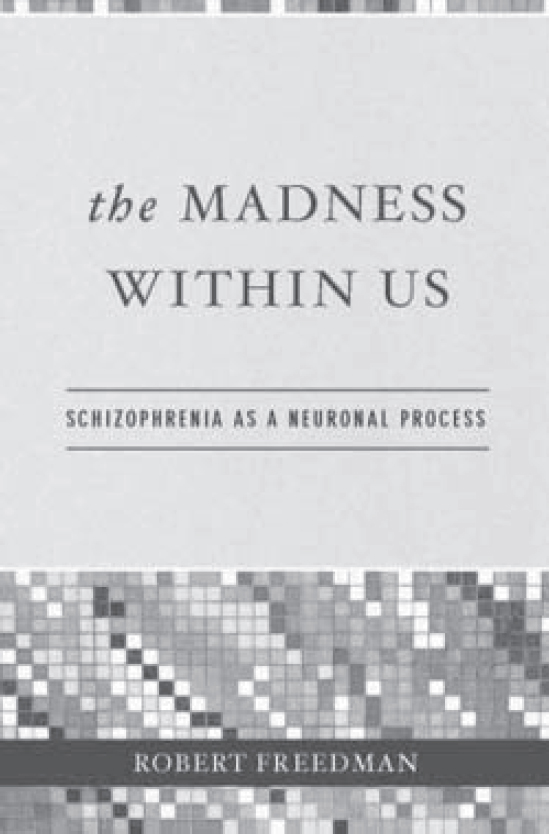
Telling the story of ‘schizophrenia as a neuronal process’ risks leaving much unsaid. No social psychiatrist, Freedman’s view of madness is unapologetically ‘within’ the head, explicitly contrasted with Harry Stack Sullivan’s ‘human process’. Freedman, a psychiatrist and clinical scientist, aims to make accessible, to patients and families as well as medical people, his research on endophenotypes in schizophrenia. Much of his work centres on the theory of impaired sensory gating – that people with schizophrenia have a hippocampus which lets too much information through from the outside world.
Woven around the stories of two semi-fictionalised patients of his are some densely informative accounts of genetics and neurobiology, leavened with charmingly random anecdotes. We learn the name of one of the beagles sacrificed in Freedman’s trial of a novel therapeutic agent, revealed when he offered bereavement counselling to the veterinary technicians. And he neatly introduces the theory of impaired sensory gating with a story about Second World War air defences.
This is a ‘popular science’ book, often good fun. Popular science is tricky to write and Freedman is almost, but not quite, sensitive enough to the pitfalls of jargonising and the potentially numbing effect of the denser technical passages. Pausing in his descriptions of hippocampal microanatomy, he reassures us, ‘Patience, dear reader, the punch line is coming’. Sadly, I missed it.
Unfortunately, some careless editing almost jeopardises Freedman’s project to make his science accessible. In the worst example, we are discussing nicotinic receptors in the brain one minute, in muscle the next. Is the brain a muscle after all? It is an obvious drafting mistake (no doubt, half the paragraph languishes on a hard drive somewhere) but possibly confusing to anyone without a grounding in neurophysiology.
For the reader able to plug the editorial gaps, Freedman bravely tackles a grand synthesis: how do changes at the level of gene and neuron make people with schizophrenia experience the world differently from others? No unreflective reductionist, Freedman is interested in ideas and historical context, and the opening chapter gives a scattergun selective history of madness and some philosophical asides. Although rounding out the book, they are not particularly satisfying in themselves. Where the book excels is in revealing the practical application of clinical science. Freedman tells a human story, combining the insights of both clinic and laboratory. Readers seeking a comprehensive overview of the neuropathology of schizophrenia will find this book too parochial, intentionally so. Instead, this is a fascinatingly personal introduction to Freedman’s particular corner of the neuropsychiatric world.



eLetters
No eLetters have been published for this article.